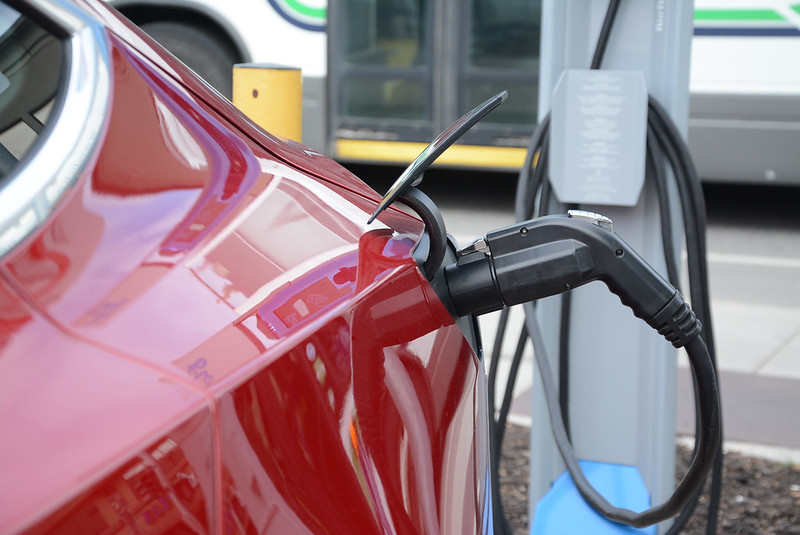TORONTO, ON — Adam Thorn, Director of Transportation at the Pembina Institute, made the following statement in response to new regulations proposed by the Environmental Protection Agency to further restrict tailpipe emissions from passenger vehicles in the U.S.
The Environmental Protection Agency today announced stringent regulations that will limit allowable tailpipe emissions from passenger vehicles. The proposed regulations are designed to ensure that electric cars make up as much as 67 per cent of new passenger vehicles sold in the U.S. by 2032. This will pose a significant challenge to auto makers; electric passenger vehicles currently make up 5.8 per cent of the new cars and trucks sold in the U.S. every year.
Says Adam Thorn, Transportation Director at the Pembina Institute, “We are encouraged to see the U.S. take strong climate action that addresses the single largest source of emissions in the States.
“If the EPA’s regulations pass, American automakers will need to ramp up their production of electric vehicles and fast. That will certainly have an impact on the Canadian economy given how intertwined our automotive markets are. More than half of the vehicles produced here are sold in the U.S.
“Parts, such as batteries for electric vehicles, and critical minerals will also need to be sourced from good trading partners. Canada has a rich supply of critical minerals and is a natural trading partner. This could be a golden egg for the economy – the rapid increase in demand for critical minerals both in the U.S. and elsewhere is a potential windfall for the Canadian mining industry.
“In a scenario where we see an accelerated switch from gas-fuelled to electric vehicles, everyone wins. Canada will see economic growth, massive reductions in greenhouse gas pollution, and widespread health improvements from breathing clean air – a significant benefit to drivers and non-drivers alike.
“We are pleased to continue to engage with the Canadian government to ensure that we stay the course and likewise finalize the proposed sales mandate now under review for zero-emission vehicles. Analysis shows that a sales quota for electric cars in the Canadian market is by far the most effective means to achieve the goal of 100 per cent sales of zero-emission vehicles by 2035.”
[30]
Contact
Victoria Foote
Communications Advisor, Pembina Institute
647-290-9384
Quick Facts
- According to the New York Times, the EPA’s proposal, unlike the Canadian proposal, would not mandate a sales target for EVs. Instead, the regulations would require that the total number of vehicles sold annually did not exceed a specified emissions limit. The limit would be so strict, it would essentially force automakers to ensure that two-thirds of the vehicles they sold were electric by 2032.
- In the International Energy Agency’s landmark report, Net Zero by 2050, the organization stated that nations would have to end sales of internal combustion cars by 2035 to keep average global temperatures from increasing beyond 1.5 C.
- Transportation generates 24.4 per cent of Canada’s greenhouse gases compared to oil and gas at 27.5 per cent. Together, these two sectors account for just over half (51.9 per cent) of all the CO2e entering Canada’s air space.
- According to Health Canada, passenger cars contributed to approximately 37 per cent of premature deaths from respiratory ailments caused by traffic-related air pollution while commercial trucks and buses contributed to approximately 63 per cent.
- Canada is one of the very few countries in the world where all key battery minerals—including nickel, cobalt, manganese, lithium and graphite—are currently at economically viable concentrations, and production is among the lowest carbon-intensity globally on a supply chain basis.
Background
- Report: Taking Charge: How Ontario can create jobs and benefits in the electric vehicle economy
- Report: Power Play: Canada’s role in the electric vehicle transition
- Submission: Reducing barriers for the adoption of light-duty zero-emission vehicles
- Factsheet series: Decarbonizing medium- and heavy-duty vehicles




